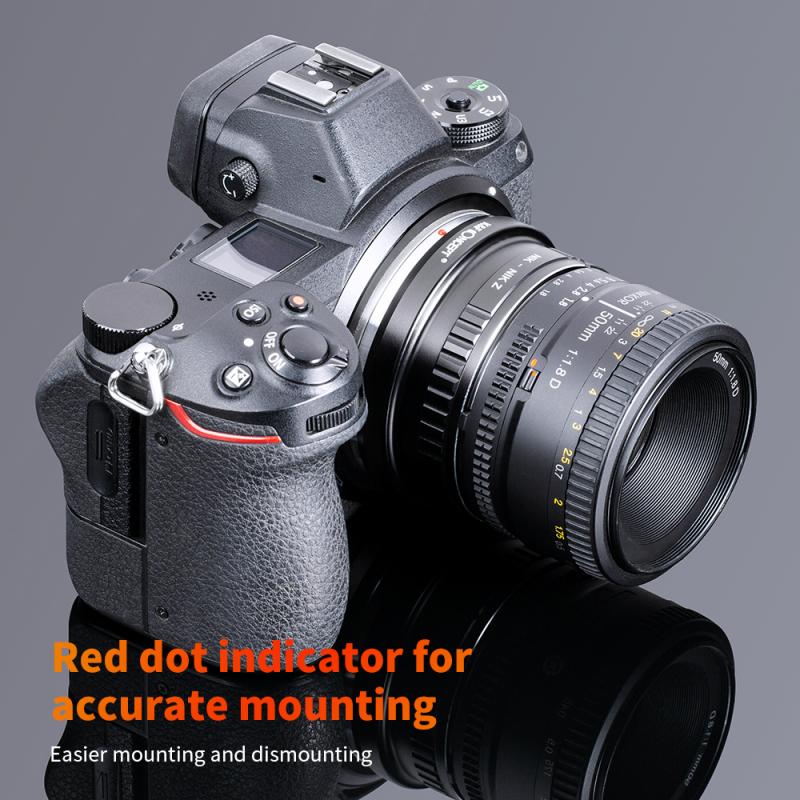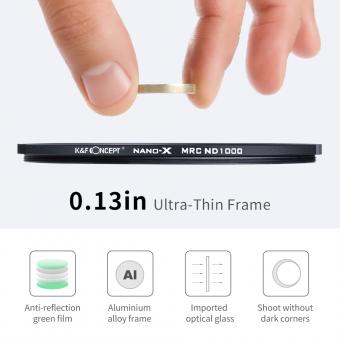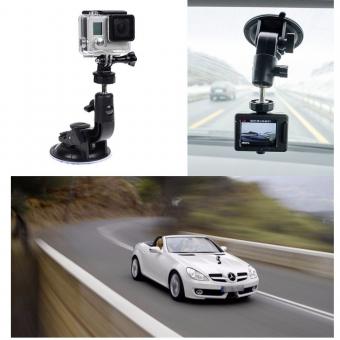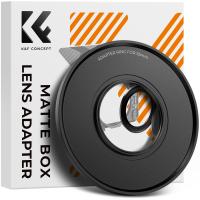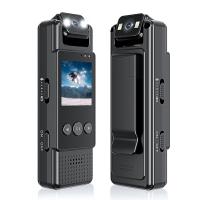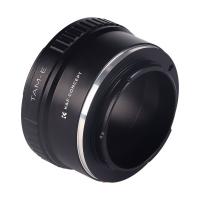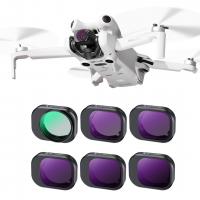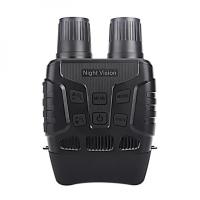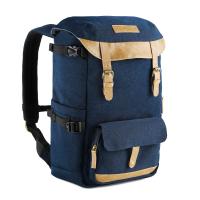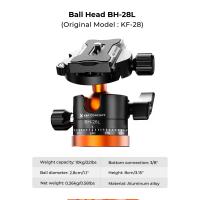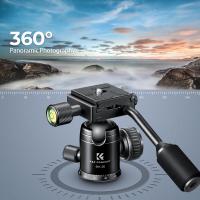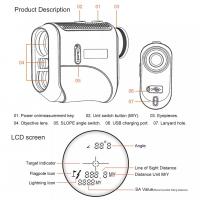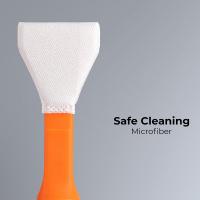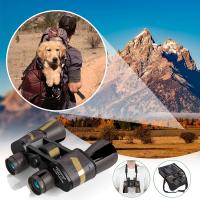How To Make A Makeshift Camera Tripod ?
To make a makeshift camera tripod, you can use various household items. One option is to use a stack of books or a sturdy box as a base and place your camera on top of it. You can adjust the height by adding or removing books. Another option is to use a table or chair and position your camera on it, using objects like rubber bands or tape to secure it in place. Additionally, you can use a bean bag or a bag filled with rice or beans as a stabilizer for your camera. Simply place the bag on a flat surface and rest your camera on top of it. These makeshift tripod alternatives can provide stability and help you capture steady shots without investing in a professional tripod.
1、 Using a sturdy table as a makeshift camera tripod
Using a sturdy table as a makeshift camera tripod is a simple and effective solution for stabilizing your camera when you don't have access to a traditional tripod. This method is especially useful when you're shooting in a controlled environment, such as a studio or a room with a flat surface.
To create a makeshift camera tripod, start by finding a sturdy table or any flat surface that can support the weight of your camera. Make sure the table is stable and won't wobble or move easily. Place your camera on the table and adjust its position to frame your shot.
Next, find a small object that can act as a stabilizer for your camera. This could be a bean bag, a sandbag, or even a small bag filled with rice or beans. Place the object under the lens or the base of the camera to provide additional stability and prevent it from tipping over.
Once you have positioned your camera and added the stabilizer, you can now adjust the angle and height of your shot by using books, boxes, or any other objects you have on hand. Stack them under the camera to achieve the desired height and tilt.
It's important to note that while using a sturdy table as a makeshift camera tripod can be a convenient solution, it may not provide the same level of stability and flexibility as a dedicated tripod. It's best suited for stationary shots or situations where you have limited options. If you're shooting in more challenging conditions or require precise adjustments, investing in a proper tripod would be a wise choice.
In conclusion, using a sturdy table as a makeshift camera tripod is a practical solution when you don't have access to a traditional tripod. It can help stabilize your camera and allow you to capture steady shots in controlled environments. However, for more professional or demanding photography needs, it's recommended to invest in a dedicated tripod for better stability and flexibility.
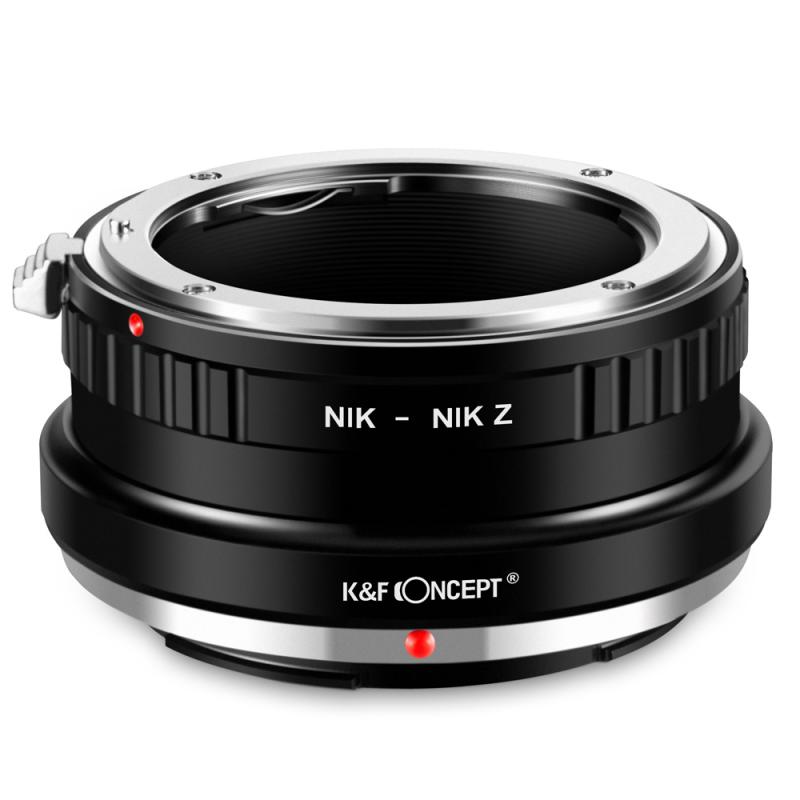
2、 Creating a DIY tripod with household items
Creating a DIY tripod with household items is a great solution for those who don't have access to a professional camera tripod or simply want to save some money. With a little creativity and resourcefulness, you can easily make a makeshift camera tripod using items you already have at home.
One simple method is to use a stack of books or a sturdy box as a base. Place your camera on top of the stack or box, ensuring it is stable and won't easily tip over. To further stabilize the setup, you can use rubber bands or tape to secure the camera to the stack or box.
Another option is to utilize a table lamp or desk lamp. Adjust the lamp's arm to a suitable height and angle, then attach your camera to it using a clamp or a piece of string. This method allows you to position the camera at different angles and heights, providing flexibility for your shots.
If you have a selfie stick or a monopod, you can repurpose it as a makeshift tripod. Extend the stick to its maximum length and place it on a stable surface. Use rubber bands or tape to secure the camera to the top of the stick, ensuring it is tightly attached.
It's important to note that while these makeshift tripods can be effective, they may not provide the same stability and versatility as a professional tripod. They may not be suitable for heavy cameras or for shooting in challenging conditions. However, for simple photography or video recording needs, they can be a practical and cost-effective solution.
In conclusion, creating a makeshift camera tripod with household items is a creative way to stabilize your camera and capture steady shots. While it may not offer the same level of stability as a professional tripod, it can be a useful alternative when you don't have access to one.
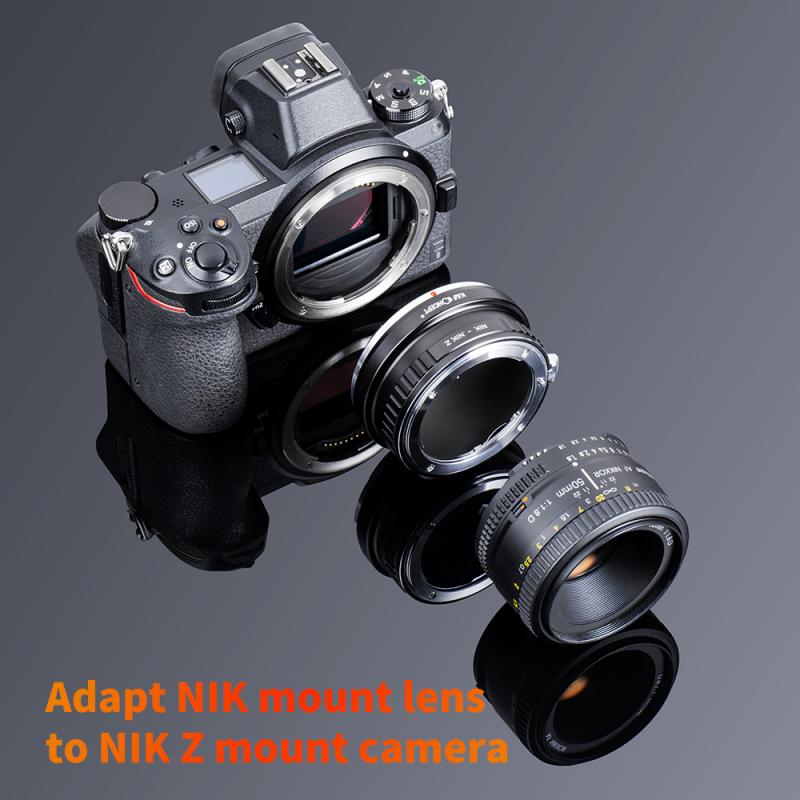
3、 Improvising a camera stabilizer using a bean bag
Improvising a camera stabilizer using a bean bag is a great way to achieve stability when you don't have access to a traditional tripod. This method is especially useful for photographers or videographers who are on the go or working in unconventional settings.
To create a makeshift camera stabilizer using a bean bag, follow these steps:
1. Find a sturdy bean bag: Look for a bean bag that is filled with small, dense beads or pellets. This will provide the necessary stability for your camera.
2. Position the bean bag: Place the bean bag on a flat surface, such as a table or the ground. Make sure it is stable and won't easily tip over.
3. Adjust the camera: Mount your camera securely on top of the bean bag. Ensure that it is balanced and won't easily slide off.
4. Mold the bean bag: Gently press the bean bag around the base of the camera to mold it into a stable position. This will help prevent any movement or vibrations.
5. Test stability: Once you have positioned the camera, gently tap the bean bag to see if it remains stable. If it wobbles or moves too much, adjust the position or add more support with additional bean bags.
Using a bean bag as a camera stabilizer offers several advantages. It is lightweight, portable, and can be easily adjusted to fit different camera sizes. Additionally, the bean bag can be placed on various surfaces, such as rocks or uneven terrain, allowing for more flexibility in capturing shots from different angles.
However, it's important to note that while a bean bag stabilizer can provide some stability, it may not be as effective as a traditional tripod in certain situations. It may not offer the same level of height or precise adjustments. Therefore, it's always recommended to invest in a proper tripod for professional or critical work.
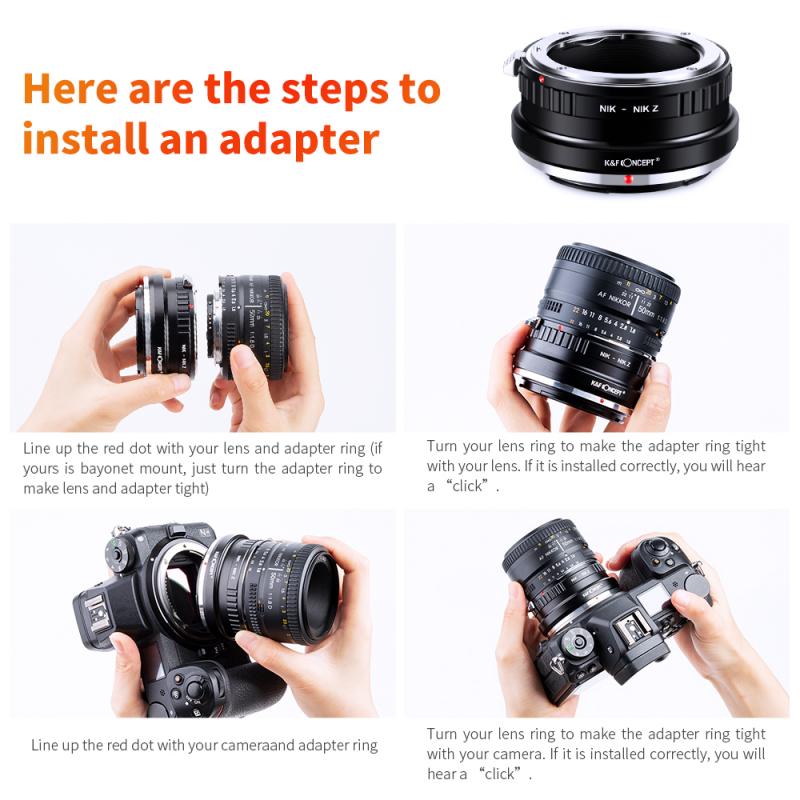
4、 Constructing a tripod alternative with PVC pipes
Constructing a tripod alternative with PVC pipes is a practical and cost-effective solution for those in need of a makeshift camera tripod. PVC pipes are readily available at hardware stores and can be easily assembled to create a stable and adjustable support for your camera.
To make a PVC pipe tripod, you will need a few materials: PVC pipes, connectors, a saw, and some sandpaper. Start by measuring and cutting the PVC pipes to your desired length, keeping in mind the height and stability you require. Sand down the edges of the cut pipes to ensure a smooth finish.
Next, assemble the tripod by connecting the pipes using PVC connectors. These connectors come in various shapes and sizes, allowing you to create a customizable tripod design. Ensure that the connections are secure and tight to provide stability for your camera.
To further enhance stability, consider adding weight to the base of the tripod. This can be achieved by filling the bottom section of the PVC pipes with sand or attaching a heavy object to the tripod's legs.
While constructing a PVC pipe tripod can be a practical solution, it is important to note that it may not provide the same level of stability and versatility as a professional camera tripod. PVC pipes may not be as sturdy as aluminum or carbon fiber tripods, and they may not offer the same range of adjustable features.
However, for simple photography needs or as a temporary solution, a PVC pipe tripod can be a useful alternative. It is lightweight, portable, and can be easily disassembled and stored when not in use.
